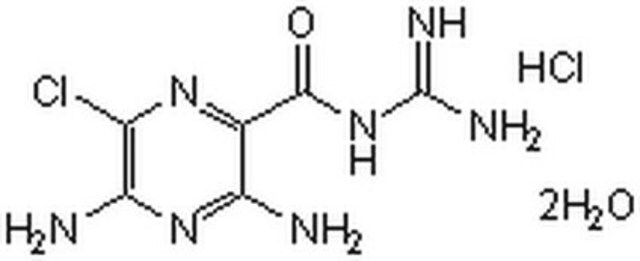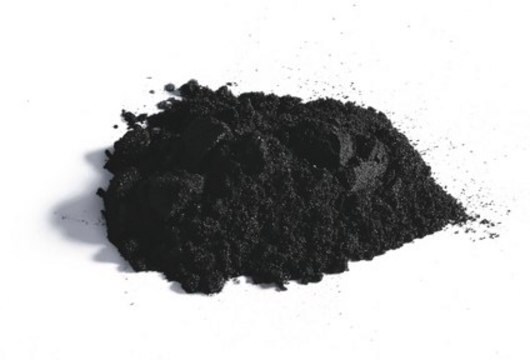C9157
Activated charcoal
suitable for cell culture, suitable for plant cell culture
Sinonimo/i:
Charcoal activated
Autenticatiper visualizzare i prezzi riservati alla tua organizzazione & contrattuali
About This Item
Formula empirica (notazione di Hill):
C
Numero CAS:
Peso molecolare:
12.01
Numero CE:
Numero MDL:
Codice UNSPSC:
11101522
ID PubChem:
NACRES:
NA.21
Prodotti consigliati
Tensione di vapore
<0.1 mmHg ( 20 °C)
Livello qualitativo
Descrizione
acid-washed with hydrochloric acid
Stato
powder
Temp. autoaccensione
842 °F
Resistività
1375 μΩ-cm, 20°C (graphite)
tecniche
cell culture | mammalian: suitable
cell culture | plant: suitable
Punto di fusione
3550 °C (lit.)
Stringa SMILE
[C]
InChI
1S/C
OKTJSMMVPCPJKN-UHFFFAOYSA-N
Cerchi prodotti simili? Visita Guida al confronto tra prodotti
Descrizione generale
Activated charcoal is originally used as an absorbent to remove toxic substances from plants. The use of activated charcoal in culture media gives it a dark colour. It induces absorption of phenolic, cell lysis products, ethylene, methane and many other compounds that are known to be deleterious to the plant tissue. Along with this, activated charcoal also absorbs growth regulators and other media components. In orchid, carrot and tomato tissue culture, activated charcoal induces growth and differentiation.
Applicazioni
Activated charcoal has been used:
- in the pre-treatment of fetal calf serum, which was then used for protein content determination
- to study its effect on cell viability
- in a tissue culture medium and to study the availability of 2,4-dichlorophenoxyacetic acid in the same
Codice della classe di stoccaggio
11 - Combustible Solids
Classe di pericolosità dell'acqua (WGK)
nwg
Punto d’infiammabilità (°F)
Not applicable
Punto d’infiammabilità (°C)
Not applicable
Scegli una delle versioni più recenti:
Possiedi già questo prodotto?
I documenti relativi ai prodotti acquistati recentemente sono disponibili nell’Archivio dei documenti.
Plant Tissue Culture: Practices and New Experimental Protocols, 41-41 (2007)
Modeling available 2, 4-dichlorophenoxyacetic acid in a tissue culture medium containing activated carbon
Toering A and Pullman G
Plant Cell, Tissue and Organ Culture, 82(2), 179-188 (2005)
Plant Cell and Tissue Culture, 505-505 (2013)
G Williamson et al.
Carcinogenesis, 17(11), 2385-2387 (1996-11-01)
It has recently been shown by Hollman et al. (Am. J. Clin. Nutr., 62, 1276-1282) that flavonoid glycosides are preferentially absorbed from dietary onions compared to the flavonoid aglycone. In the light of this, we have compared the bioactivities of
Optimization of a sampling system for recovery and detection of airborne porcine reproductive and respiratory syndrome virus and swine influenza virus
Hermann JR, et al.
Applied and Environmental Microbiology, 72(7), 4811-4818 (2006)
Il team dei nostri ricercatori vanta grande esperienza in tutte le aree della ricerca quali Life Science, scienza dei materiali, sintesi chimica, cromatografia, discipline analitiche, ecc..
Contatta l'Assistenza Tecnica.





